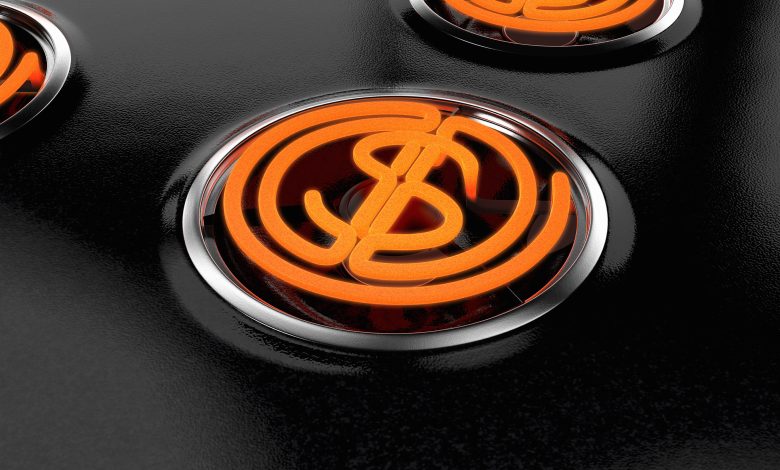Get out of the debt cycle spiral

You’ve been in debt for years, and it’s starting to feel like you’ll never get out. But the truth is that there are some simple steps that you can take to consolidate debt and get yourself back on track. In this post, we’ll discuss the top five things you need to do if you want to get out of debt quickly and easily.
Identify your debts and expenses
To get out of debt, you must understand what you owe and how much it costs.
To do this, you’ll need to:
- List all your debts. Write down the total amounts owed on each loan and credit card. Don’t forget about any revolving accounts that carry a balance. If there are any late fees or interest charges, include them in this list.
- List all expenses and fixed costs (like rent or mortgage payments). These ongoing expenses can vary monthly but don’t change when you take on new debt or income sources. Fixed costs don’t move with life situations. They’re set in stone until something else changes (like moving into a bigger apartment).
Create a budget that allows for debt repayment
The last thing you want is to make debt repayment a constant struggle. That’s why creating a budget allows for debt repayment while still covering your basic needs, and saving money is essential. This can be difficult if you don’t have the right tools, but luckily there are plenty of free ones.
It’s also essential to ensure that your budget has enough wiggle room, so you’re not constantly struggling to cover your expenses. After all, if this happens often enough, it’ll take longer than expected to pay off your debts and get back into the black (especially if you’re taking on new ones).
To help keep things under control moving forward:
-
- Ensure your budget covers your basic needs (housing, food, utilities) and any necessary credit payments or loans.
- Set aside some extra money each month, specifically earmarked for debt repayment.
- Keep track of where every dollar goes throughout the month to make adjustments when needed.
Transfer your balances to a lower-interest credit card
Transferring your balances to a lower-interest credit card can help you get out of the debt cycle. Look for a card with:
- A low-interest rate.
- A low transfer fee (if any).
- A rewards program will benefit you; don’t consider signing up for one because it’s free. Make sure it’s worth the money.
- An annual fee under $100, or even better, none!
- A balance transfer fee under 3% of the amount transferred.
Set up automatic payments
If you’re just starting to get out of debt and have a low income, making monthly payments on several credit cards can be difficult. To solve this problem, set up automatic payments to each card with the following criteria:
- Set up automatic payments so that they go towards paying down your highest-interest debt first. This will save you money in the long run. If you don’t have enough money left over after paying off your high-interest debts, consider turning down other expenses for a while or looking for side gigs.
- Paying off smaller balances early means fewer interest charges in the long run. Don’t be afraid to prioritize them above higher-interest accounts if that’s what it takes for you to feel confident about getting out of debt faster!
- The final option is to consolidate debt by taking out one loan at an even lower interest rate than both cards combined and putting all extra funds into paying down one credit card first before moving on to another (based on which has more fees).
Conclusion
Debt is a burden that can be hard to escape. But by following the steps above, you’ll be able to see your debt decrease over time and start living a life free of financial stress. Remember, it takes time, but the payoff is worth it!




